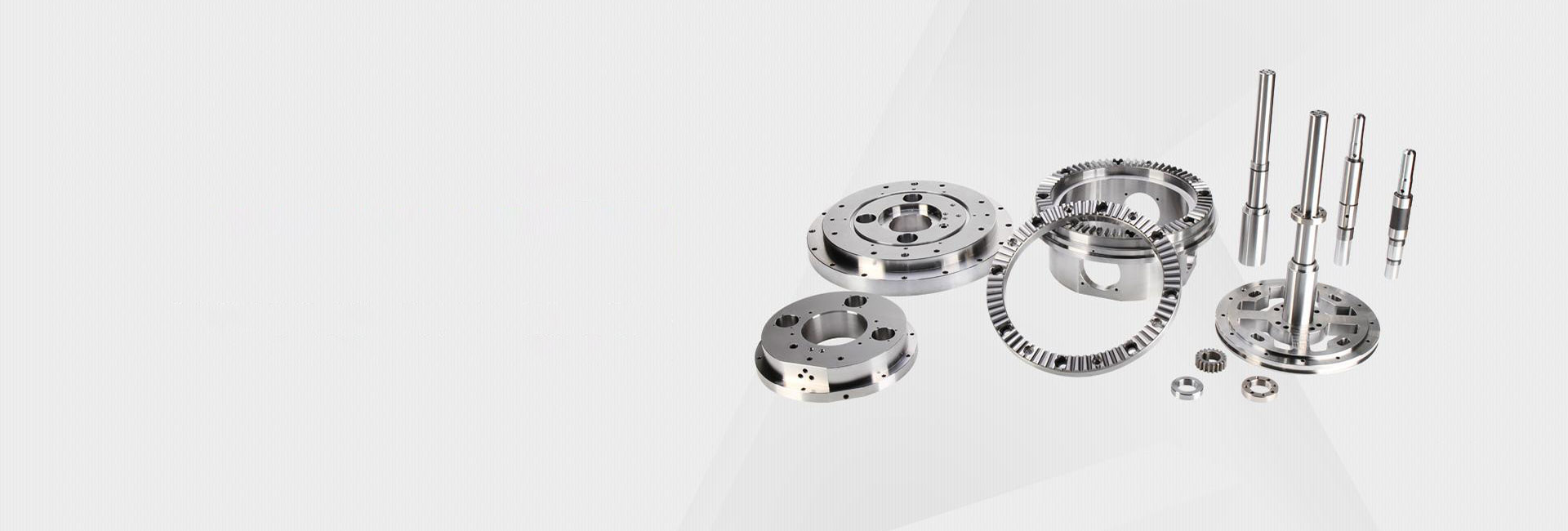How to Choose the Right Tool for Different Steel Types in CNC Machining: A Practical Guide
Ever faced a mountain of scrapped parts because your tools just couldn't handle the steel? 😩 You're not alone. Picking the wrong cutter is a fast track to burnt tools, poor surface finishes, and blown budgets. It's a headache every machinist and procurement manager knows too well. But what if you had a straightforward way to match the tool to the metal? Let's break down this critical choice, so your next CNC steel machining project runs smoother.
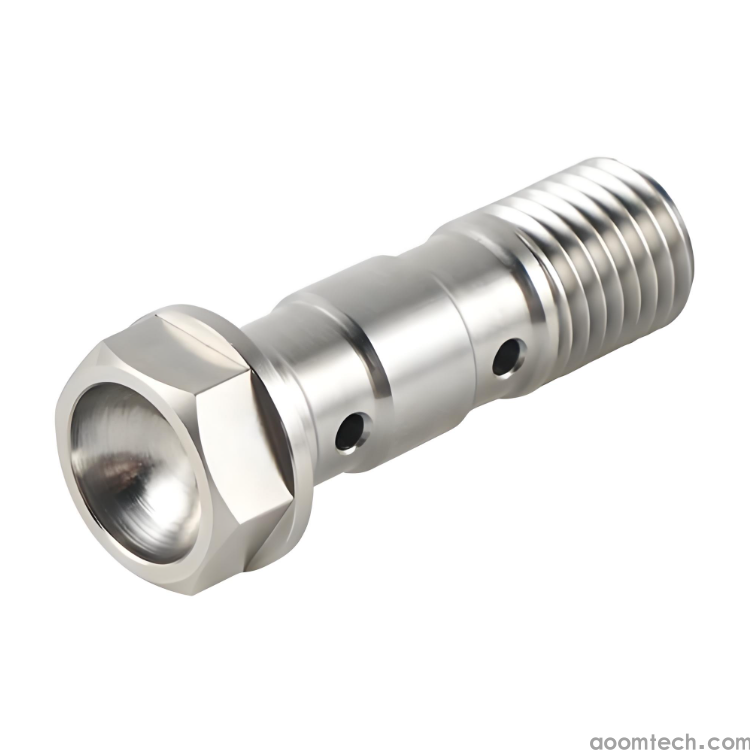
Why Does Steel Type Even Matter for Your Tools?
Think of it like cutting wood. You wouldn't use a fine-tooth saw to cut through a tough, knotted oak log, right? 🪵 Steel is the same. Different steels have different "personalities"—some are gummy and soft, while others are hard and abrasive. Using a one-size-fits-all tool approach might work sometimes, but it often leads to premature tool wear or even breakage. The right tool choice directly decides your machining efficiency and the final part quality.
The Big Three: Matching Tool Material to Steel "Attitude"
First things first, you need to pick the warrior's sword. The tool material itself is your foundation.
1. High-Speed Steel (HSS): The old reliable. HSS tools are tough and forgiving, making them a decent, cost-effective choice for mild steels and short production runs. But when you step up to harder alloys or need high machining precision, they dull quickly. It's a trade-off between initial cost and longevity.
2. Carbide: This is the industry go-to for a reason. 💪 Carbide tools are much harder and can handle higher temperatures than HSS. They excel at machining everything from stainless steel to tool steels. While they're more brittle and pricier, their ability to run at faster speeds usually makes them more cost-effective in the long run.
3. Coatings (The Secret Sauce): Here's where it gets interesting. A carbide tool with a coating like TiN (Titanium Nitride) or AlTiN (Aluminum Titanium Nitride) is a game-changer. These coatings reduce friction and heat, dramatically increasing tool life. For sticky stainless steel or abrasive materials, a good coating isn't just an upgrade; it's essential. The exact way some of these newer nanocomposite coatings bond to the substrate, though, is a bit beyond my paygrade—that's some serious materials science magic.
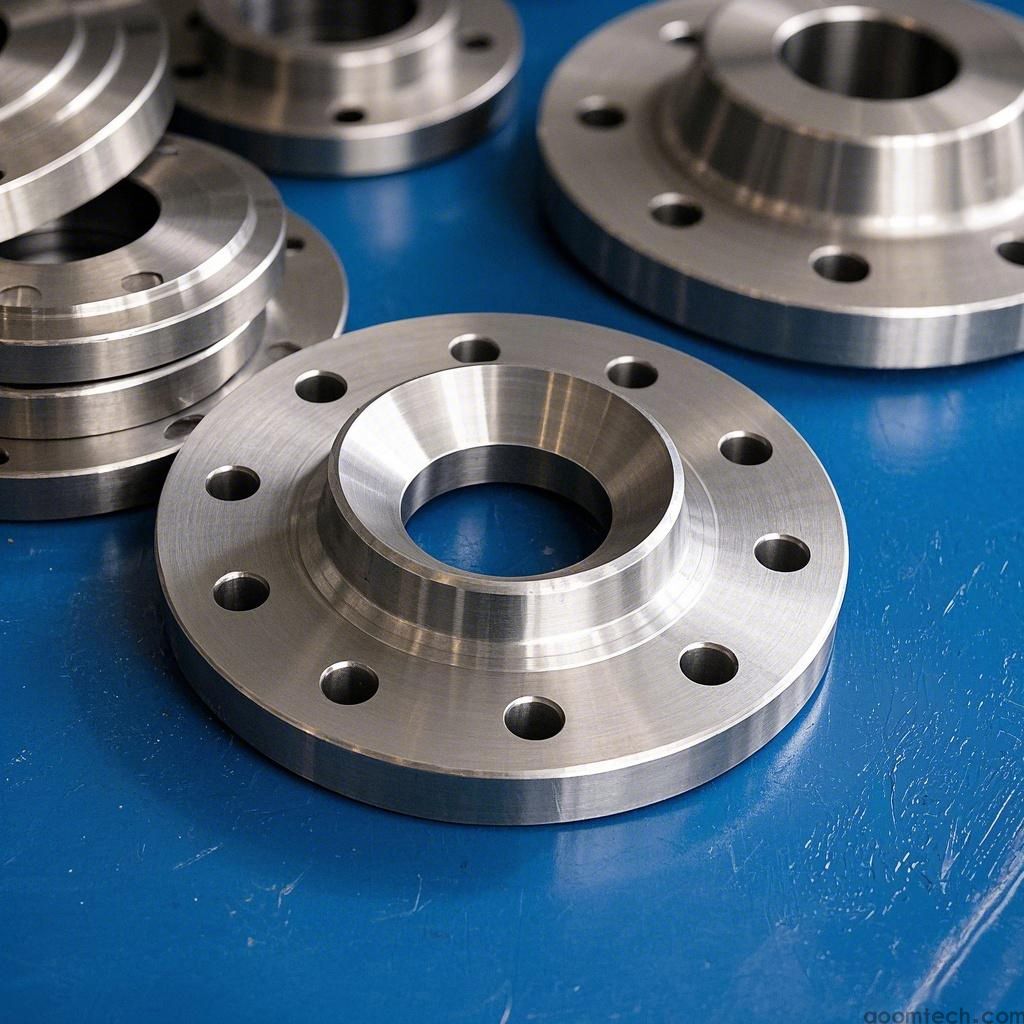
A Simple Guide to Pairing Tools and Steels
Okay, let's get practical. Here’s a quick-look table I often use as a starting point in my planning.
| Steel Type | Tool Material & Geometry Suggestion | Key Thing to Watch |
|---------------------|--------------------------------------|---------------------|
| Mild/Low-Carbon Steel | Uncoated or coated carbide; standard geometry | Can be abrasive, but generally easygoing. |
| Stainless Steel (e.g., 304, 316) | Tough-grade carbide with a sharp cutting edge 👍 | It work-hardens. Keep the tool engaged and feed rate steady! |
| Tool Steel (Pre-Hardened) | Wear-resistant carbide with a robust geometry | Extreme hardness demands a rigid setup to avoid chipping. |
| Alloy Steel (e.g., 414) | Coated carbide is your best friend here | A versatile material, but a good coating fights heat and wear. |
Geometry and Parameters: The Devil's in the Details
You've got the right tool material. Now, don't screw it up with the wrong moves! Tool geometry—things like the rake angle and helix angle—directly affects how it shears the metal.
For softer, gummy steels, a sharper positive rake angle helps slice the material cleanly, preventing it from welding to the tool. For harder steels, a stronger negative rake angle provides more support behind the cutting edge. And then we have feeds and speeds. While the general rule is "harder steel, slower speed, lower feed," the perfect sweet spot often requires a bit of experimentation. I've found that the textbook numbers sometimes need a nudge in one direction or another based on the specific machine's feel.
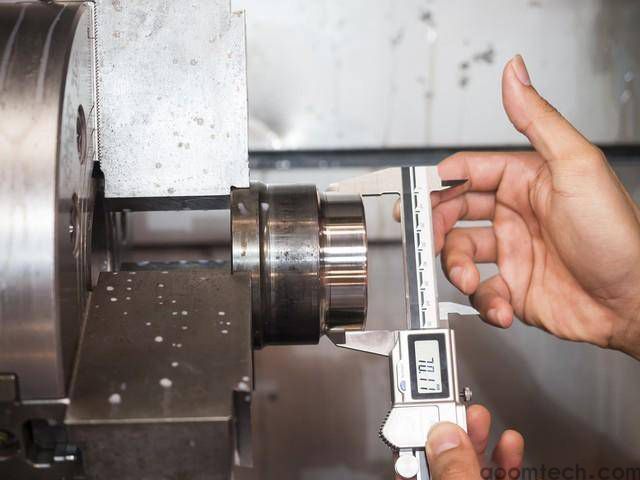
Common Pitfalls and How to Sidestep Them
Let's be honest, we've all been tempted to take a shortcut. Here are two costly mistakes I see all the time.
❌ The "One Tool for Everything" Fallacy: Pushing a tool designed for mild steel to machine tool steel might work for a few parts, but the hidden costs in downtime and inconsistent quality will catch up with you fast.
❌ Ignoring the "Chatter": A vibrating, chattering tool is a cry for help. It perhaps suggests an unstable setup, a worn-out tool, or incorrect parameters. Stop and diagnose it immediately; pushing through will ruin your tool, your part, and maybe your machine's spindle.
Speaking of setup, a tool holder with minimal runout is non-negotiable for good results. Even the world's best tool is useless if it's wobbling around. However, it's worth mentioning that achieving perfect stability in a high-horsepower, heavy-cut scenario is a challenge that even seasoned pros constantly wrestle with.
So, there you have it. Choosing the right tool isn't about finding a single perfect answer, but about understanding the conversation between the steel, the tool, and your machine. It's this synergy that turns a good machining process into a great one. 🚀
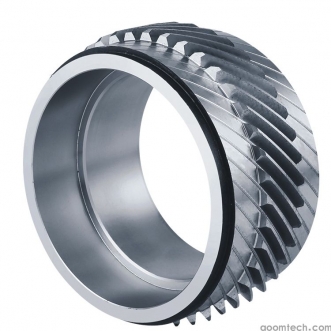 How Much Does CNC Anti-Slip To
How Much Does CNC Anti-Slip To
 How to Choose Reliable CNC Fla
How to Choose Reliable CNC Fla
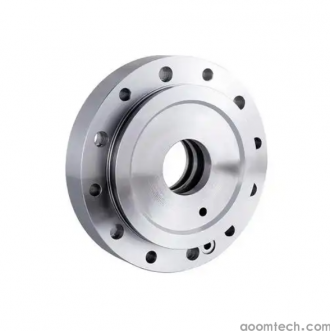 Precision CNC Aluminum Parts C
Precision CNC Aluminum Parts C
 Precision CNC Machining Manufa
Precision CNC Machining Manufa


